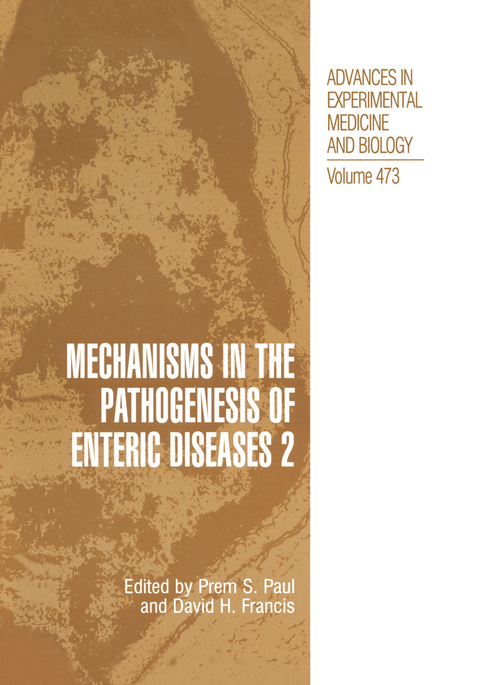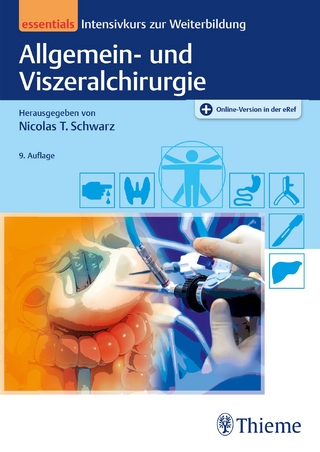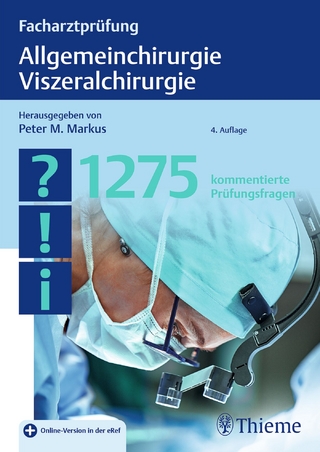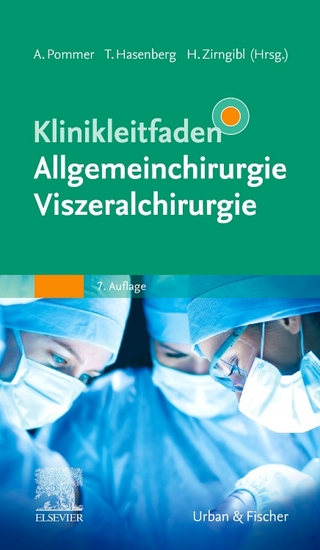
Mechanisms in the Pathogenesis of Enteric Diseases 2
Springer-Verlag New York Inc.
978-1-4613-6858-8 (ISBN)
1. Intestinal Lymphoepithelial Communication.- 2. Bacterial Translocation from the Gastrointestinal Tract.- 3. Interference with Virus and Bacteria Replication by the Tissue Specific Expression of Antibodies and Interfering Molecules.- 4. Comparative Pathogenesis of Enteric Viral Infections of Swine.- 5. Molecular Evolution of Corona- and Toroviruses.- 6. A Viral Enterotoxin: A New Mechanism of Virus-Induced Pathogenesis.- 7. Comparative Pathology of Bacterial Enteric Diseases of Swine.- 8. Mechanisms and Impact of Enteric Infections.- 9. Insulin Modulates Intestinal Response of Suckling Mice to the Escherichia coli Heat-Stable Enterotoxin.- 10. Reproduction of Lesions and Clinical Signs with a CNF2-Producing Escherichia coli in Neonatal Calves.- 11. The Locus for Enterocyte Effacement (LEE) of Enteropathogenic Escherichia coli (EPEC) from Dogs and Cats.- 12. Age-Dependent Variation in the Density and Affinity of Escherichia coli Heat-Stable Enterotoxin Receptors in Mice.- 13. K88 Adhesins of Enterotoxigenic Escherichia coli and Their Porcine Enterocyte Receptors.- 14. Edema Disease as a Model for Systemic Disease Induced by Shiga Toxin-Producing E. coli.- 15. Ultrastructure and DNA Fragmentation Analysis of Arterioles in Swine Infected with Shiga Toxin-Producing Escherichia coli.- 16. Pathogenesis of Escherichia coli O157:H7 in Weaned Calves.- 17. Distribution of a Novel Locus Called paa (Porcine Attaching and Effacing Associated) among Enteric Escherichia coli.- 18. Potentiation of the Effectiveness of Lactobacillus Casei in the Prevention of E. coli Induced Diarrhea in Conventional and Gnotobiotic Pigs.- 19. Recovery from Colonic Infection Elicits Serum IgG Antibodies to Specific Serpulina pilosicoli Outer Membrane Antigens (SPOMA).- 20. Motility-Regulated Mucin Association of Serpulina pilosicoli, The Agent of Colonic Spirochetosis of Humans and Animals.- 21. Coiling Phagocytosis Is the Predominant Mechanism for Uptake of the Colonic Spirochetosis Bacterium Serpulina pilosicoli by Human Monocytes.- 22. Identification of Proteins Required for the Internalization of Campylobacter jejuni into Cultured Mammalian Cells.- 23. Secretion of Campylobacter jejuni Cia Proteins Is Contact Dependent.- 24. Codon Usage in the A/T-Rich Bacterium Campylobacter jejuni.- 25. Prevalence of Campylobacter, Salmonella, and Arcobacter Species at Slaughter in Market Age Pigs.- 26. Cryptosporidium parvum Gene Discovery.- 27. Norepinephrine Stimulates in vitro Growth but Does Not Increase Pathogenicity of Salmonella choleraesuis in an in vivo Model.- 28. Of Mice, Calves, and Men: Comparison of the Mouse Typhoid Model with Other Salmonella Infections.- 29. Sips, Sops, and SPIs but Not stn Influence Salmonella Enteropathogenesis.- 30. Phase Variable Switching of in vivo and Environmental Phenotypes of Salmonella typhimurium.- 31. A Preliminary Survey of Antibiotic Resistance of Salmonella in Market-Age Swine.- 32. Prophylactic Administration of Immune Lymphokine Derived from T Cells of Salmonella enteritidis-Immune Pigs: Protection against Salmonella choleraesuis Organ Invasion and Cecal Colonization in Weaned Pigs.- 33. Sialic Acid Dependence and Independence of Group A Rotaviruses.- 34. New Approaches to Mucosal Immunization.
| Reihe/Serie | Advances in Experimental Medicine and Biology ; 473 |
|---|---|
| Zusatzinfo | X, 340 p. |
| Verlagsort | New York, NY |
| Sprache | englisch |
| Maße | 178 x 254 mm |
| Themenwelt | Medizinische Fachgebiete ► Chirurgie ► Viszeralchirurgie |
| Medizinische Fachgebiete ► Innere Medizin ► Gastroenterologie | |
| Medizin / Pharmazie ► Medizinische Fachgebiete ► Mikrobiologie / Infektologie / Reisemedizin | |
| Studium ► Querschnittsbereiche ► Infektiologie / Immunologie | |
| Naturwissenschaften ► Biologie ► Zoologie | |
| ISBN-10 | 1-4613-6858-8 / 1461368588 |
| ISBN-13 | 978-1-4613-6858-8 / 9781461368588 |
| Zustand | Neuware |
| Haben Sie eine Frage zum Produkt? |
aus dem Bereich


